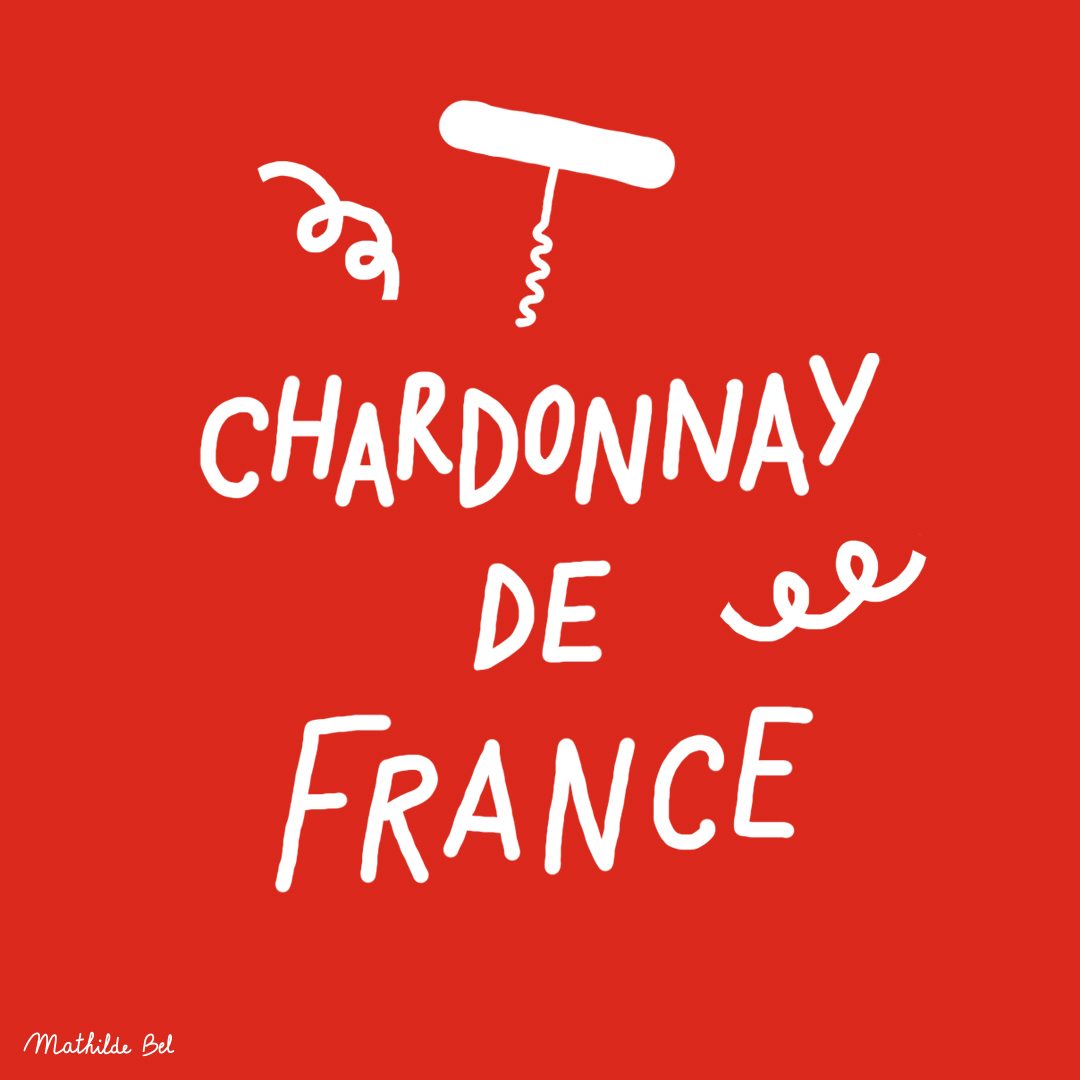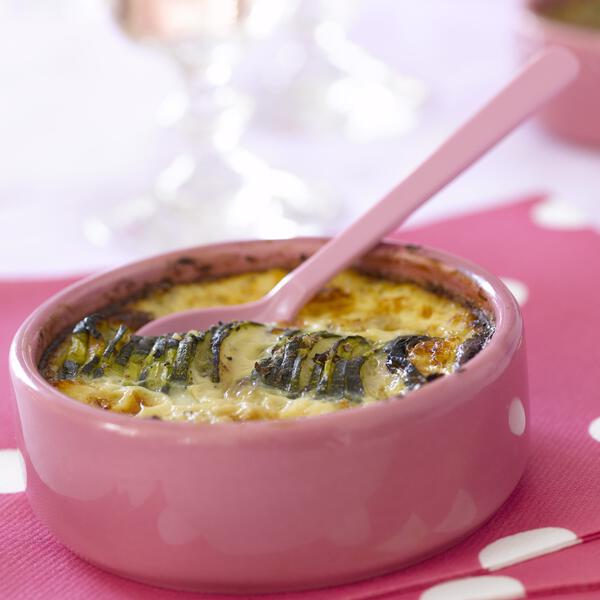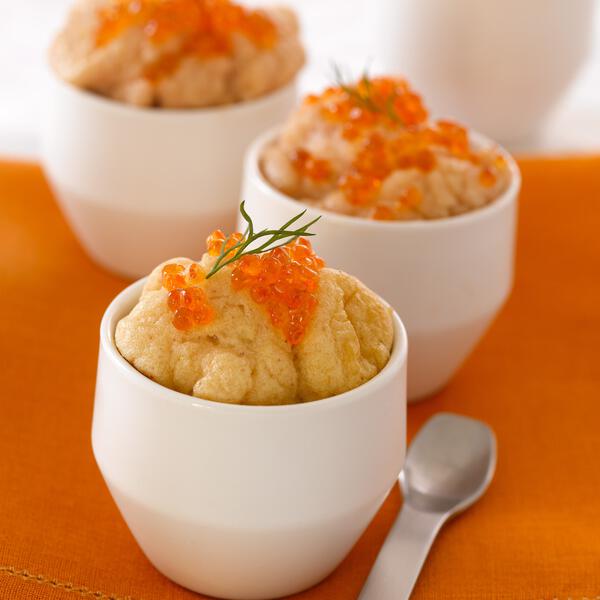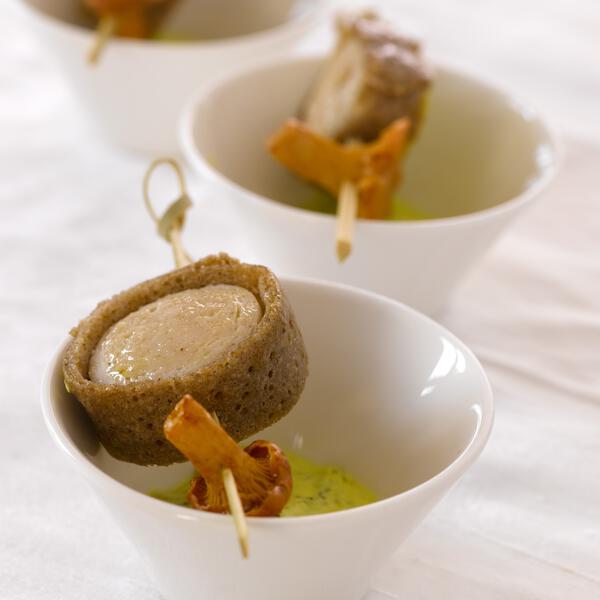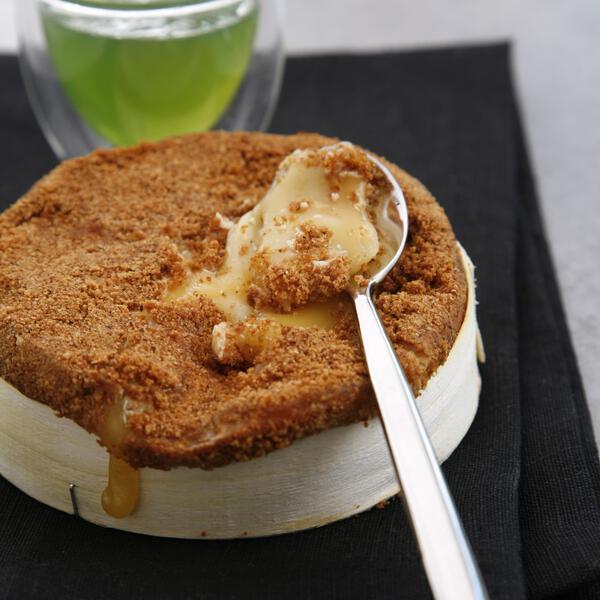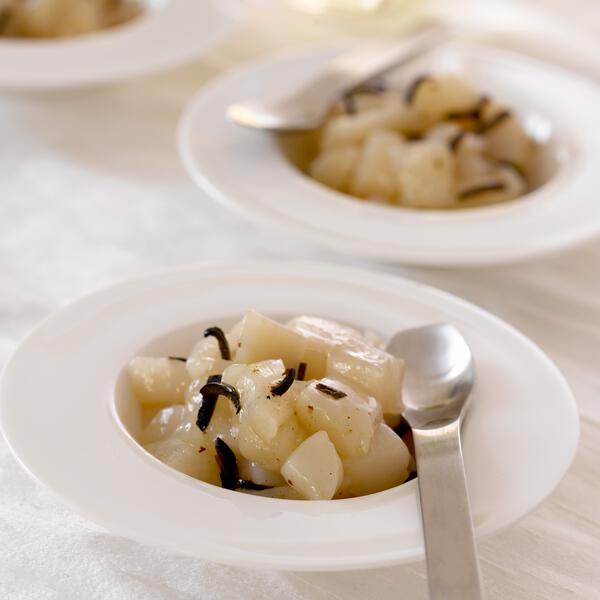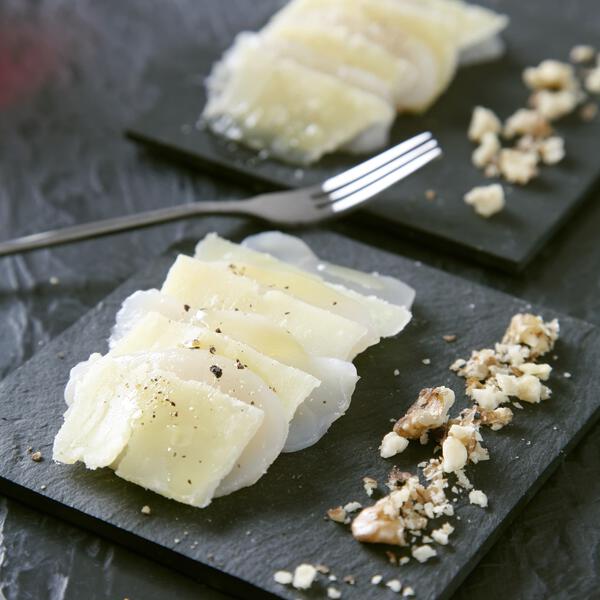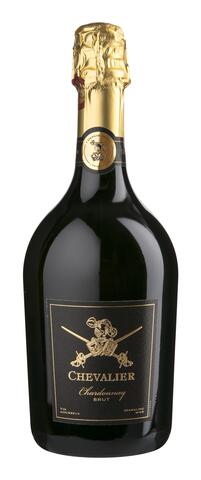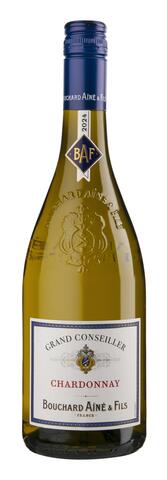Chardonnay de France
Wines color
Taste profile
Sweetness
Body
Acidity
Tannins
Alcohol
Table of contents
Wines produced
Chardonnay is used to make dry white wines as well as sparkling wines. Their balance comes from their liveliness and body. These wines have depth, personality, sensuality and opulence. They are at once full-bodied, crisp and extremely pure. They symbolize an ultra-feminine, elegant woman with chic charm
Occasions
Chardonnay de France wines embody good taste for every occasion. They are wonderful aperitif wines, and stand out from the crowd. They are also great for sipping on café terraces when you have lots of hot news to share with your friends. Their delicate golden hue makes them a must on the chicest of tables, and not only for special occasions
Wine pairing
Le Chardonnay de France a le chic de savoir s’adapter à de nombreux types de mets. D’abord, son élégance naturelle le prédispose à l’apéritif. Mais il accompagne tous les repas de poisson et fruits de mer, en sauce ou simplement grillés. Ses fins arômes floraux et ses notes fruitées sensuelles accompagnent aussi très bien la cuisine asiatique.
Main food pairings:
- Veal and Poultry in cream sauce
- Fish and Seafood in Cream Sauce
- Fish Pasta and Risotto
- Soft cheese or cooked cheese
Aperitif ideas
Medal winners
Encyclopedia
-
Origin
This great variety loved all over the world originally comes from the area near Dijon in eastern France; based on studies and genetic analysis, it results from crossbreeding the Pinot Noir and Gouais Blanc varieties.
-
Aromas
Chardonnay's aromas also vary with the area of production. Generally more floral and mineral in the North and fruitier in the South, this grape variety has a gift for expressing the area it was grown in. Its aromas are unique, complex, intense and incredibly diverse, ranging from dried fruits, hazelnut, roasted almond and exotic fruits to butter, fern, lime blossom, pear, popcorn, oak, acacia, walnut, biscuit and more.
-
Wines profile
Chardonnay has the potential for very high quality and is used to make dry white wines, sparkling wines and even some sweet wines. The sugar content of the berries can be very high while maintaining a high level of acidity. This allows the variety to make particularly well-balanced, powerful, ample wines (with a lot of fatness and volume). Depending on soil and climate, Chardonnay expresses different qualities: it is livelier and more acidic in the North, and smoother and more full-bodied in the South.
-
Cultivation areas
This extremely versatile variety – that can adapt to many different climates and soils – does very well in cool regions, which give it a highly sought after balance between liveliness, smoothness and aromatic strength. In France, it is found in places as diverse as the banks of the Loire, the north of Lyon, the small mountain range just north of the Alps, the banks of the Rhine and the southwestern Mediterranean coast.
-
Precocity
Chardonnay is a relatively early budding variety, which is susceptible to springtime frosts in cold continental terroirs. It also ripens early, finishing a week and a half after Chasselas, the benchmark. Chardonnay is thus a Period I variety.
-
Vigor
Moderately fertile, predominantly calcareous or marl-rich soils with loose calcareous sediments best suit Chardonnay. In Mediterranean areas, soils with good capacity to retain water should be chosen, in order to avoid extreme drought, which would prove harmful. In thin soils with high limestone content, Chardonnay has a more austere, sometimes more metallic personality. In deeper soils, however, it radiates a richer, more full-bodied and pleasing character.
-
Soils
Moderately fertile, predominantly calcareous or marl-rich soils with loose calcareous sediments best suit Chardonnay. In Mediterranean areas, soils with good capacity to retain water should be chosen, in order to avoid extreme drought, which would prove harmful. In thin soils with high limestone content, Chardonnay has a more austere, sometimes more metallic personality. In deeper soils, however, it radiates a richer, more full-bodied and pleasing character.
-
Climat
This grape variety can adapt to very diverse climates. It offers an unparalleled range of flavors that depend on the climatic and soil conditions of the terroirs it was planted in. It does, however, prefer cool climates, which enable wines that have a good balance between body and liveliness. In warmer climates (such as the Mediterranean region), the wines are more sensual and fuller bodied, with a different range of flavors that is fruitier and less mineral.
-
Susceptibility to diseases and pests
Chardonnay B is susceptible to oidium and to yellowing of its leaves due to phytoplasma. It is less susceptible to mildew, however. At the end of the ripening period, when the plant is extremely vigorous, it can be susceptible to heavy damage due to gray mold.
-
Use
Chardonnay is used only to produce wine.
-
Descriptive elements
Chardonnay can be recognized by its young leaves, which are green with bronze patches, as well as its herbaceous shoots with red internodes. The tips of its young shoots have a thin to moderate coat of flat-lying hairs. The adult leaves are orbicular, whole or with 5 barely distinguishable lobes. The petiolar sinus is slightly open and its base is often bordered by the vein near the petiolar point. The teeth of the lobes are often short in relation to their width, and their sides are rectilinear. The leaf blade is slightly bubbled and its underside has a sparse coat of upright hairs. The berries are relatively small and rounded.
-
Clonal selection in France
The twenty-eight approved Chardonnay clones (specifically named Chardonnay B) are numbers 75, 76, 77, 78, 95, 96, 116, 117, 118, 119, 121, 122, 124, 125, 128, 130, 131, 132, 277, 352, 414, 415, 548, 549, 809, 1066, 1067 and 1068. A conservatory of more than 340 clones was planted in Saône-et-Loire in 1994.
Map of France
Chardonnay originally comes from the area around Dijon. It is also planted along the banks of the Loire and along the southwestern Mediterranean coast, however. France is the world’s leading producer of Chardonnay.
